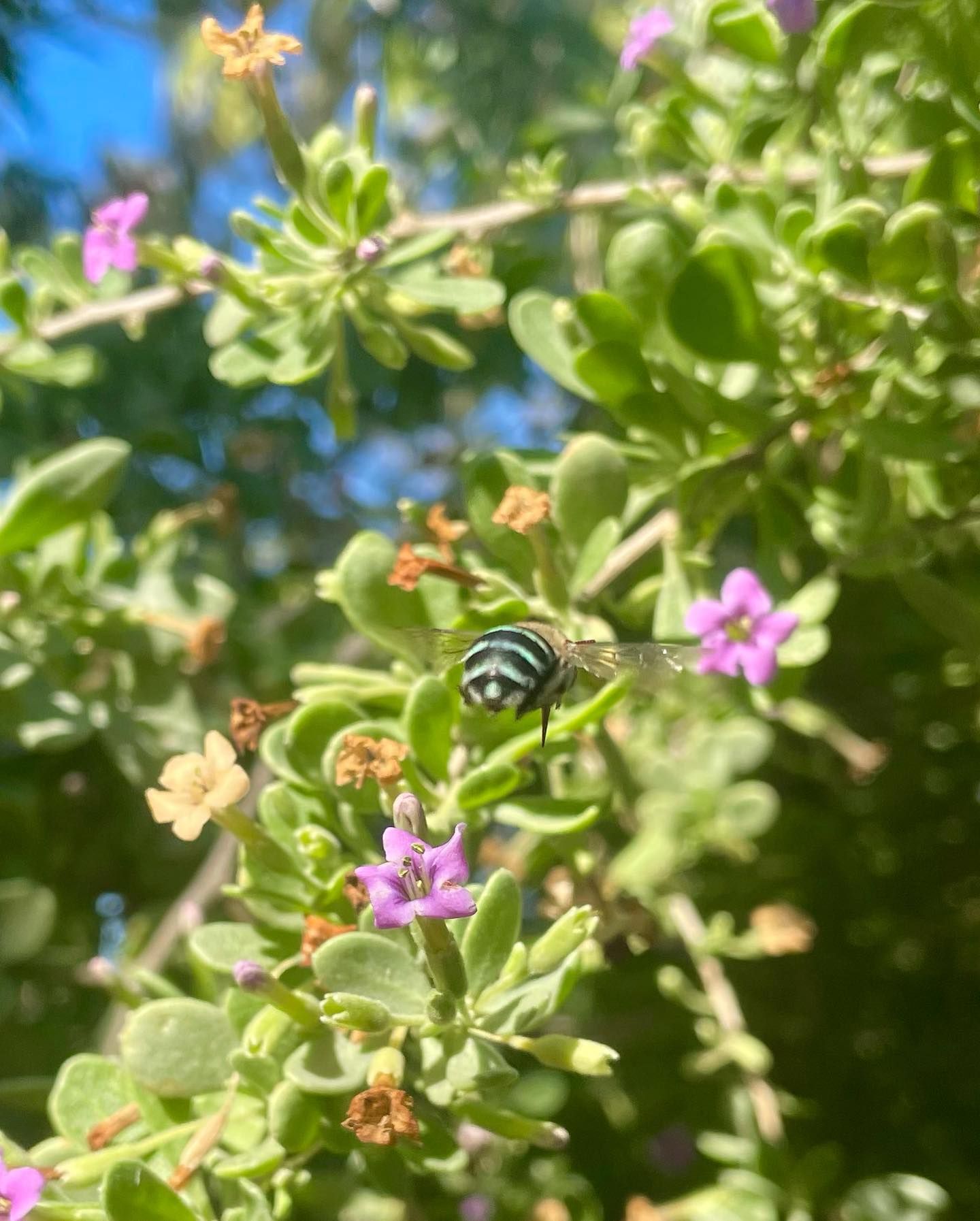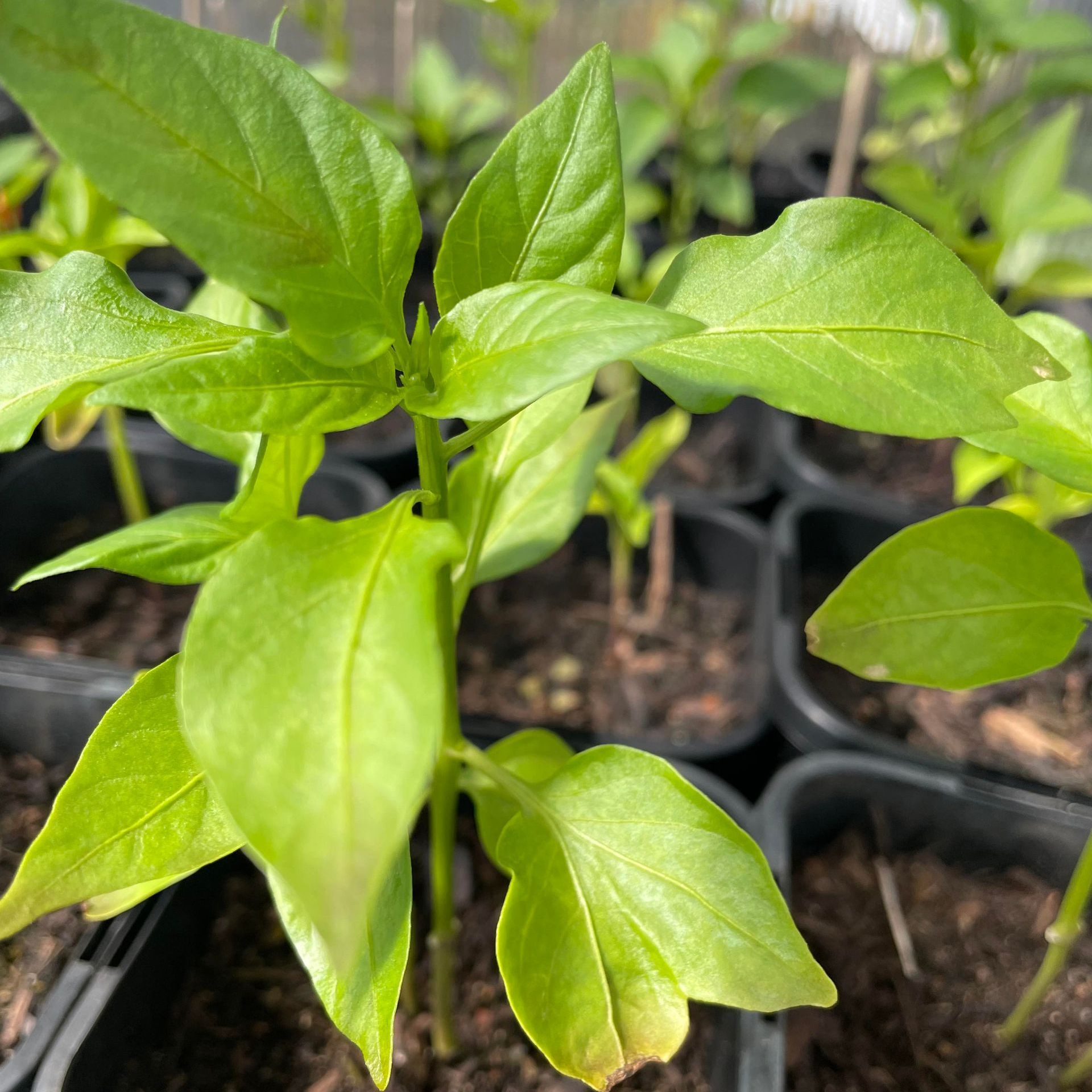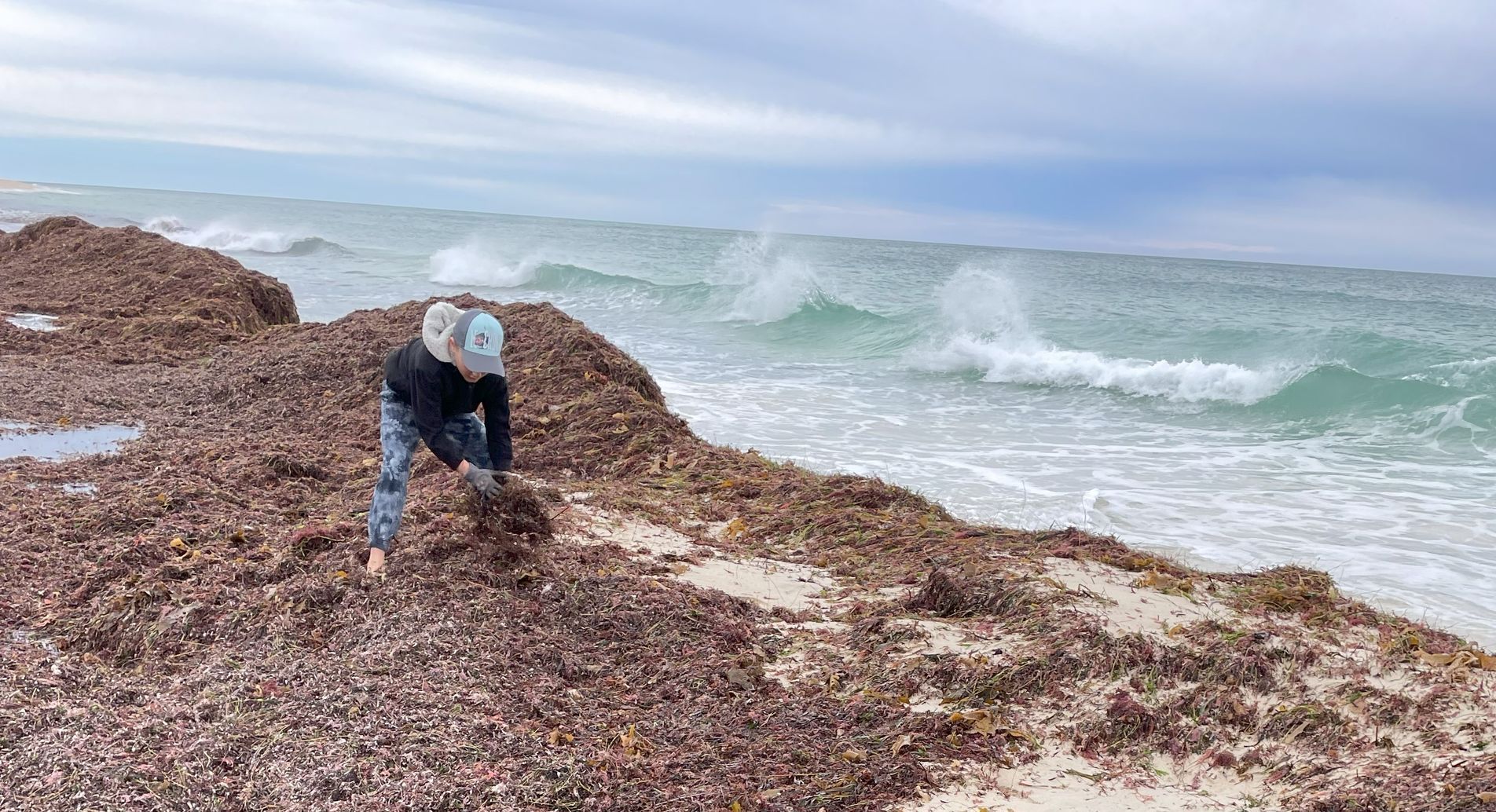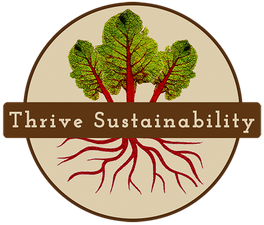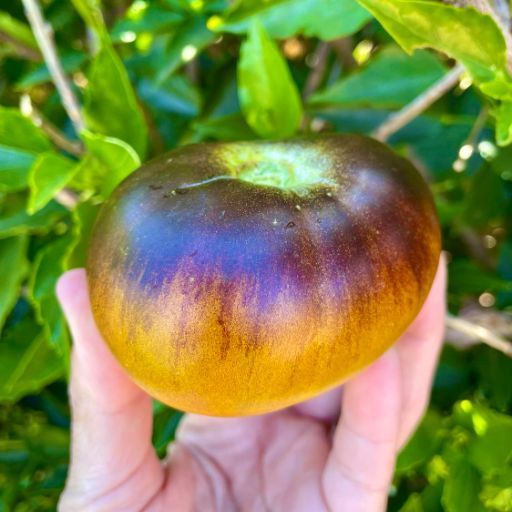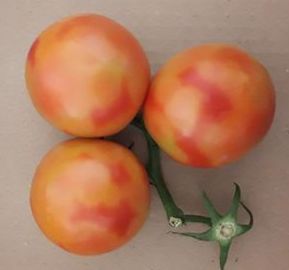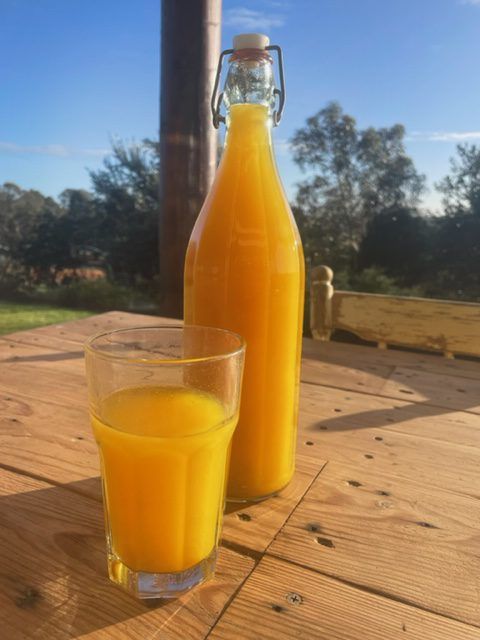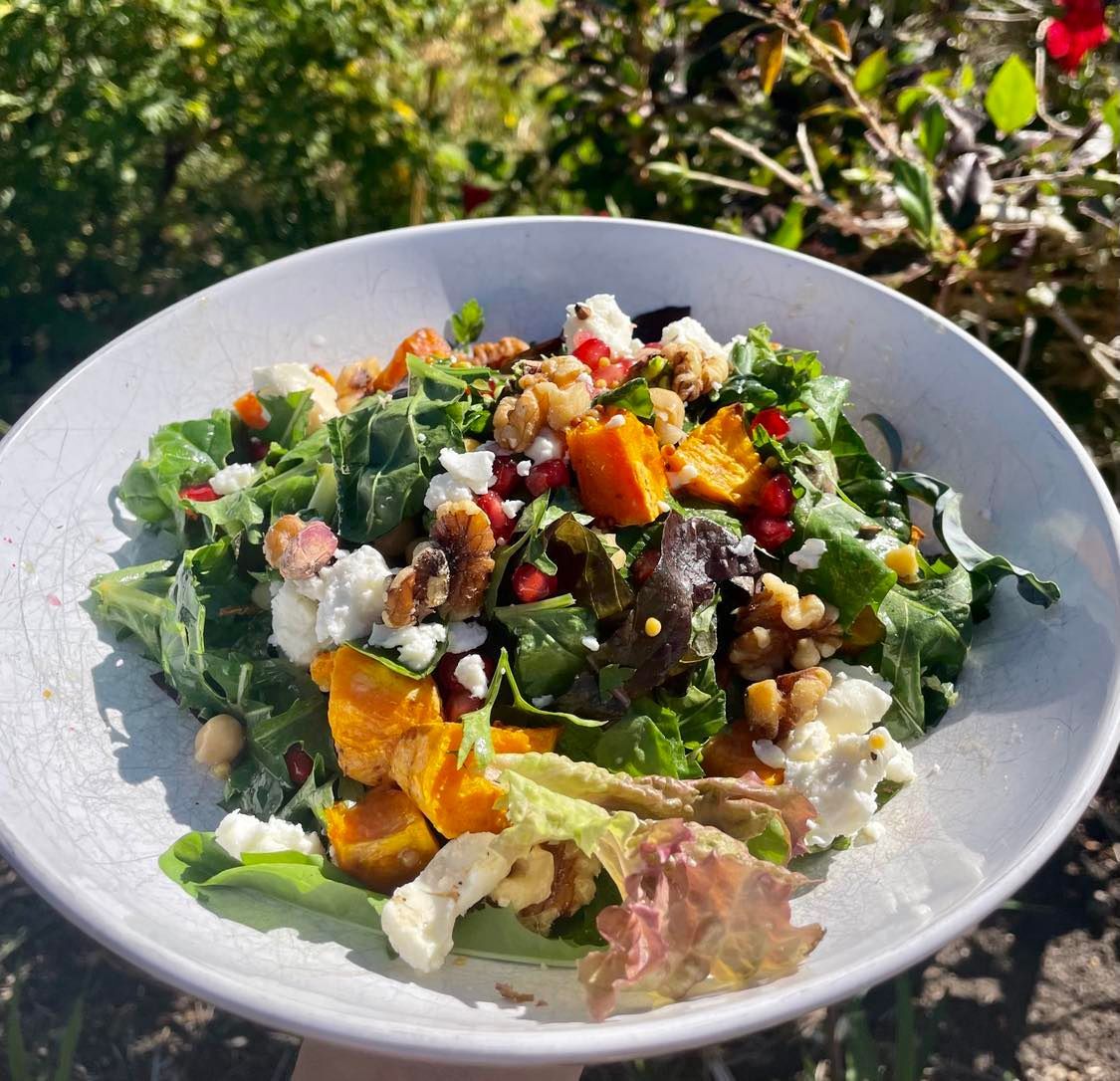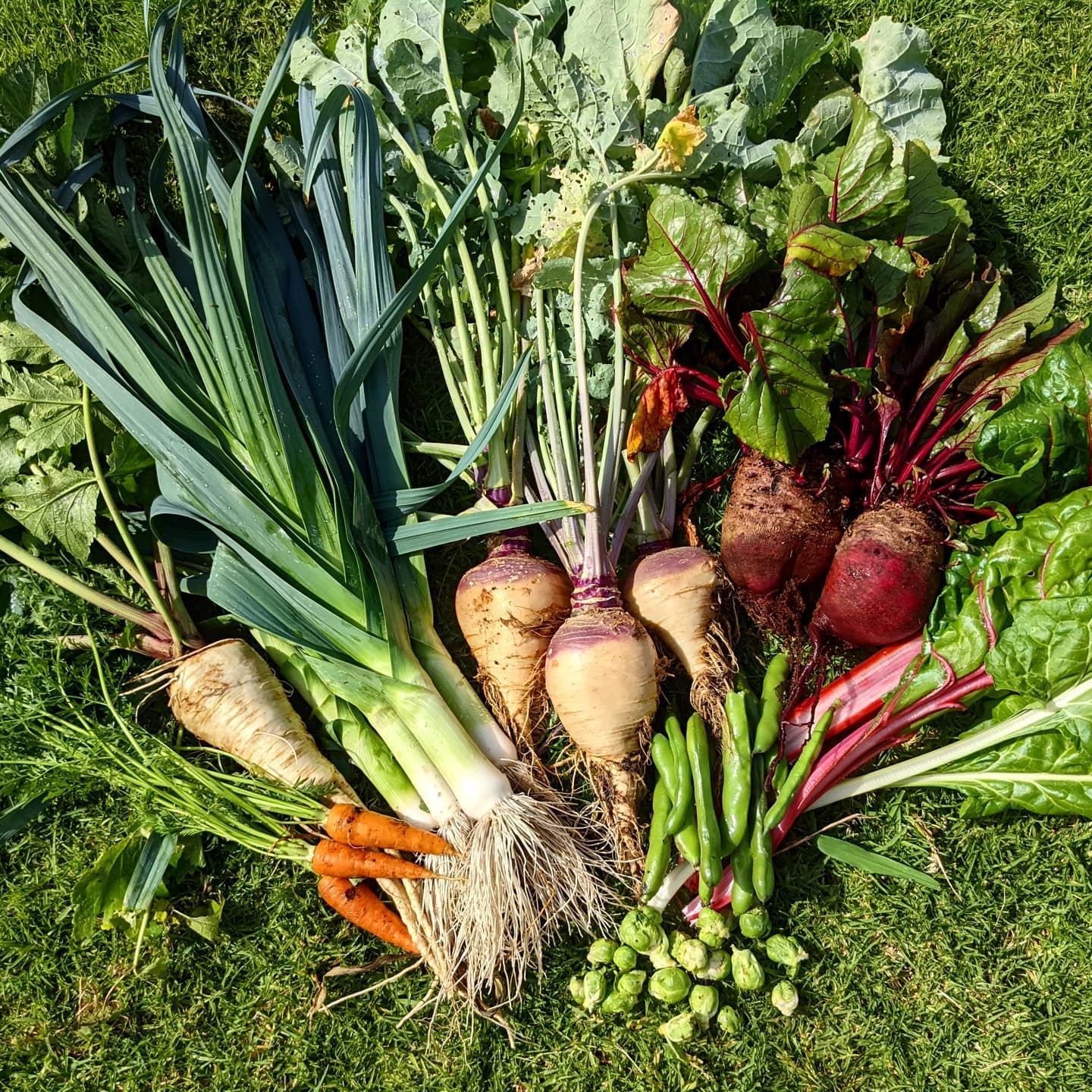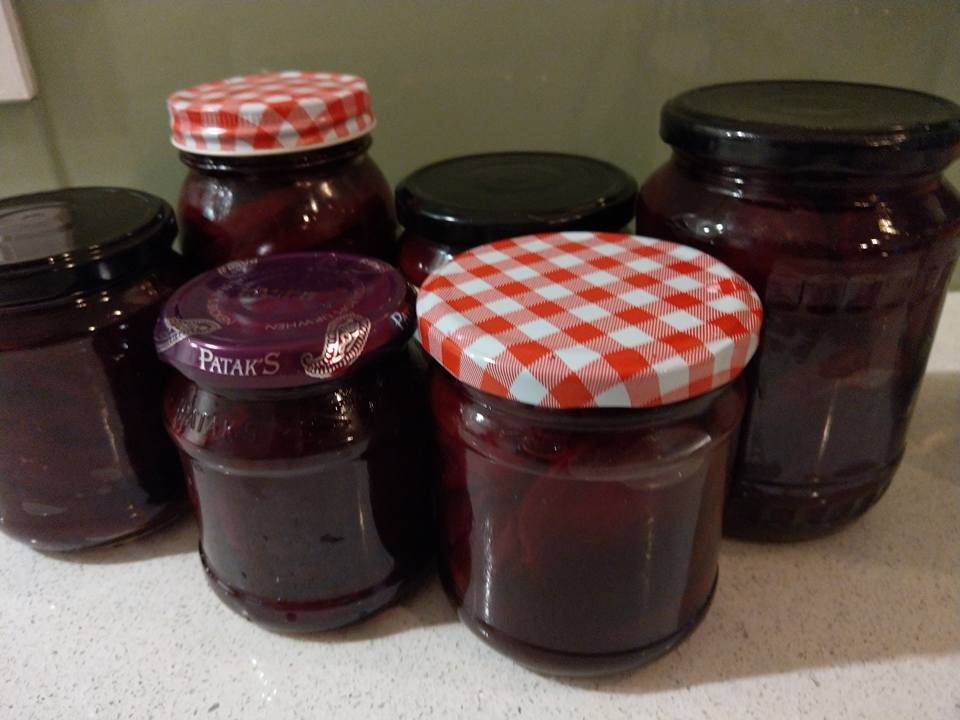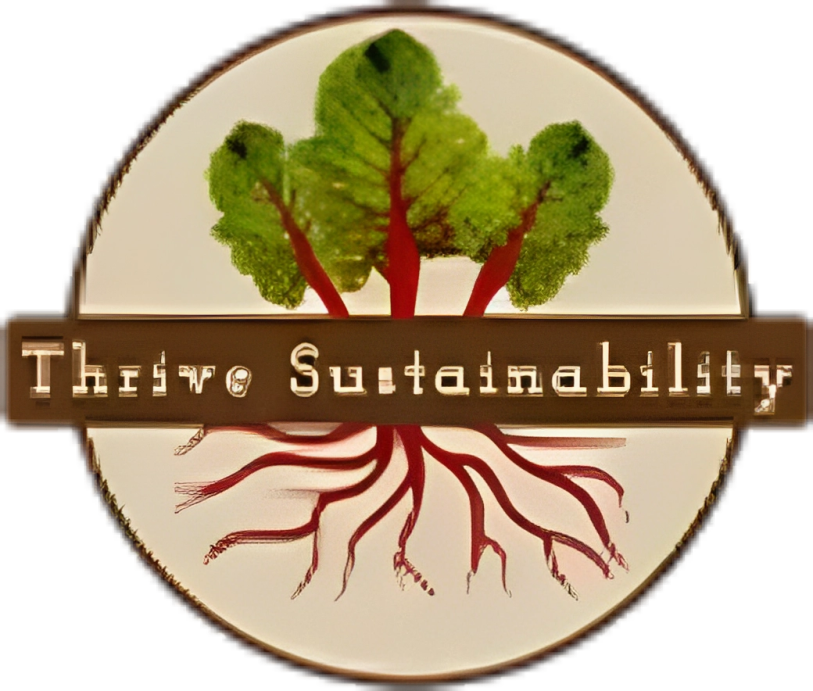An introduction to seed saving
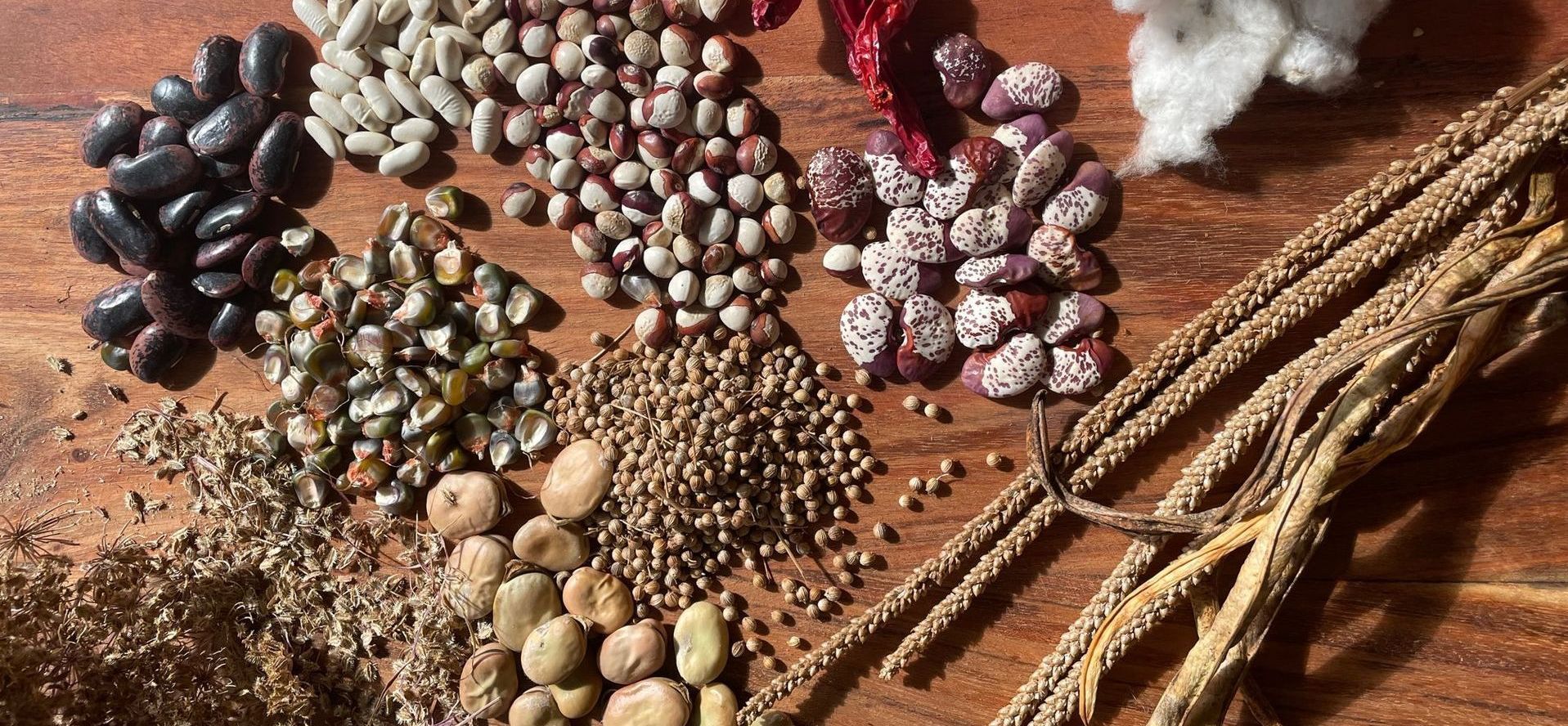
Saving seeds from your garden can be a rewarding experience and an excellent life skill to learn and pass on to younger generations. It can also help you save money in the long run. If you save a few varieties each year, those crops will be self-sustaining, and you will truly be on your way to growing a self-sufficient garden. Allowing plants to self-seed can also be an easy way to save time and money.
Seed security/food security is another important reason to consider saving seeds. Do a little research and you will find that much of the seed sold to not only to farmers but also home gardeners are produced overseas. This long-convoluted supply chain puts us in a very vulnerable position. By saving seeds from plants that thrive in your garden and climate, you can produce plants that are resilient to your conditions and help preserve heirloom varieties that might otherwise not be available in the future.
Before we delve into seed saving it is helpful to understand the meaning of these commonly used and often misunderstood terms.
• Open pollinated seeds are seeds that are produced by natural pollination of plants of the same variety. They can be saved and will grow true to type year after year.
• Heirloom seeds are a subset of open pollinated seeds that have been passed down for generations and have historical or cultural significance. They are also non-GMO and have diverse traits and flavours.
• Hybrid seeds are seeds that are produced by cross pollination of two plants of the same species, but different varieties. They are often bred for specific traits such as disease resistance or uniformity. They cannot be saved reliably as they may not inherit the desired traits from their parents.
• GM (genetically modified) seeds are seeds that have been altered by inserting genes from other organisms using biotechnology. They are often designed for herbicide tolerance, insect resistance or enhanced nutrition. They are controversial due to potential environmental and health risks.
• Treated seeds are seeds that have been coated with some type of fungicide, pesticide, or chemical preservative to protect them from pests, diseases, and spoilage. Untreated seeds are seeds that have not been treated in any way and are natural and will not contain chemical residue.
Seeds you purchase from Thrive Sustainability are Open pollinated and in some cases Heirloom. We DO NOT sell Hybrid, GM, or treated seed.
Before saving seeds from your plants, it’s important to research how the variety is pollinated. There are two main ways of pollination in vegetables: self-pollination and cross-pollination. Self-pollination occurs when a flower is fertilized by its own pollen, this can happen by the slightest vibration or breeze. Cross-pollination occurs when a flower is fertilized by pollen from another flower, usually with the help of insects or wind. Some vegetables need to be pollinated by a flower from another plant. Brassica oleracea (Cabbage, Broccoli, Cauliflower, Brussel sprouts) are self-incompatible. Cucurbits (Cucumbers, zucchini, melon, pumpkin and squash) will produce separate male and female flowers.
Where to start
Vegetables that have self-pollinating flowers and are annuals are the easiest to save seeds from and a good place to start. Beans including snake bean and broad beans, Chilli, Capsicum, Lettuce, Peas are Tomatoes are varieties that are simple for home gardeners to start with. Beans and pea flowers are self-pollinated before the flower opens. If you don’t have time to save, process and dry seed, let nature do its job and let your garden self-seed.
Keeping seed pure
Remember to remove any weeds that may cross pollinate with the crop you are saving from for example Queen annes lace will cross with carrots, wild radish that is a common weed in paddocks with cross with your garden varities of radish. Stagger planting so crops are flowering at a different time (We grow 3 different crops of corn a year but ensure several weeks are left between sowing). Bag Flower buds – For self-pollinating crops such as tomato or cage the plant or row Researching your plants family and understanding what vegetables will cross pollinate with one another.
Cleaning the seed
Wet cleaning is a seed cleaning method used for seeds encased in moist flesh, such as pumpkin seeds. Here are the steps to wet clean seeds:
• Scoop the seeds into a bowl of water.
• Rub the seeds between your fingers and pick out any large chunks of flesh.
• Pour the mixture into a sieve and rub the seeds gently against the sieve to clean off pulp.
• Rinse the seeds under running water.
• Some seeds once cleaned benefit from fermentation.
Fermenting seeds is a process that mimics the natural rotting that occurs in nature and is used for seeds encased in moist gelatinous flesh, such as those of tomatoes and cucumbers. The fermentation process removes the germination-inhibiting substance that keeps seeds dormant, leaving behind clean seeds that are suitable for saving.
Dry cleaning is a seed cleaning method used for seeds that are not encased in moist flesh such as beans, peas, carrots. The process differs with each variety but generally you can use a selection of sieves and screens to separate the seed from the debris of the seed case, stems etc.
Winnowing can be a good way to separate the seeds from the chaff/ debris. In its simplest form, it involves throwing the mixture into the air so that the wind blows away the lighter chaff, while the heavier seed fall back down to the basket/ bowl, the process can take a little trial and error and be sure not to do it on a really windy day as you will loose the lot! We also use a system where we pour the mixture in front of a desk fan into a bucket below, the seed falls down and the debris blows further afield this can be done in a shed with a large sheet laid out so if you make a mistake and set the fan too high your seed won’t be lost.
Store seeds in a cool, dark, and dry place, such as a glass jar with a tight lid in the fridge or cool room in the house. Label your seeds with the name, variety, and date of collection. Re use the little moisture absorbing sachets you often get in packaging/ shoe boxes in your seed collection in case any damp gets into the box.
So, this year why don't you take a small step towards self-sufficiency and have a go at saving seeds, get together with friends and other members of your community and swap seeds. If you get really keen, we would love to hear from you as we are always looking for local WA based seed growers to supply Pure, open pollinated seed. If you are interested and are in the position where you can grow on a larger scale and ensure seed quality and purity, please email us at info@thrivesustainability.com.au
